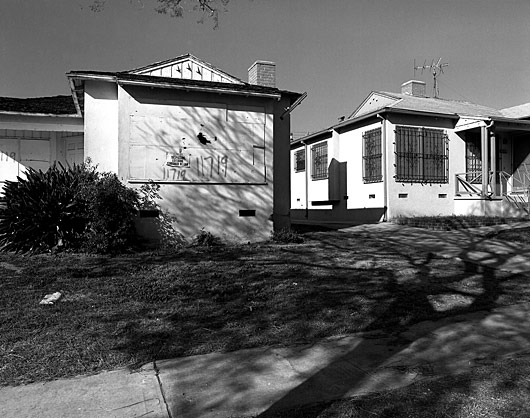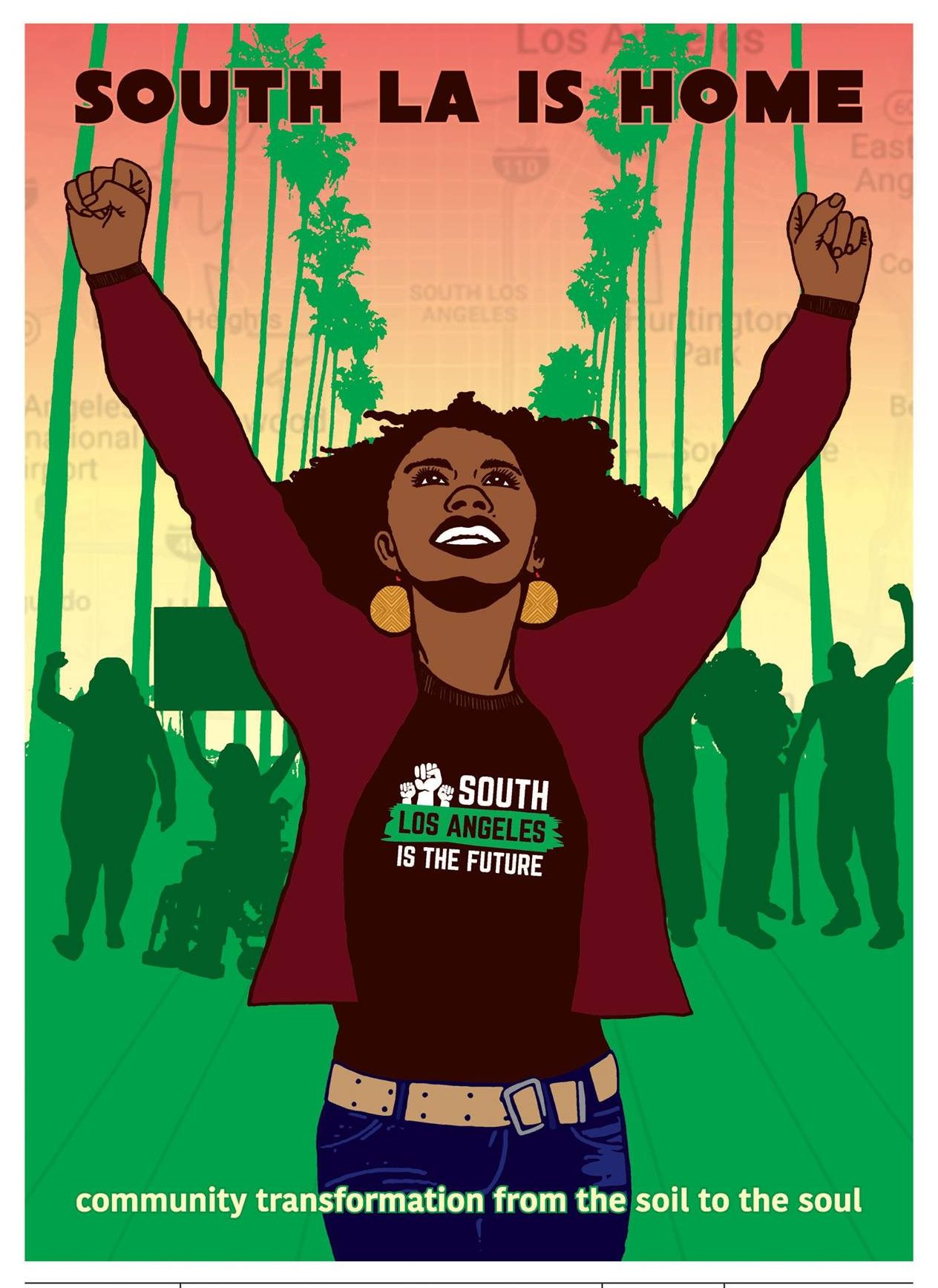California’s Prisons: Fighting Crime, or Causing It?
In 2011, the U.S. Supreme Court ruled that California’s prisons were so overcrowded that the state was actually violating the 8th Amendment, which prohibits cruel and unusual punishment. The ruling was based on the prison system subjecting inmates to the physical and psychological harm that arises when people are packed into spaces that can’t accommodate their basic needs. The state’s correctional department was charged with reducing its population by 32,000; not an unreasonable request given that system was housing inmates at 145 percent of its capacity, and the reduction would simply make a small dent in that number.
Two years later, the state had yet to address the problem, and the courts ruled again for Governor Jerry Brown to reduce the population, this time requiring that an additional 9,600 more prisoners be released—accounting for the increase that actually occurred since 2011 instead of a reduction. Meanwhile, prisoners themselves began fighting back: Last July, inmates at Pelican Bay demanded better conditions and humane treatment through a hunger strike that included 30,000 participants, persisted for 60 days, and spanned over 30 facilities across the state.
Gov. Brown has offered potential solutions, but unfortunately none of them have been crafted in the spirit of righting the root problems that lead to overcrowded prisons or with the necessary foresight to affect larger social justice issues. Instead, the state wants to reduce the state prison population by contracting with local and county jails and transferring prisoners into them.
In other words, he’s not reducing it all; he’s shifting the burden, as well as the costs, to a different pot, one that California taxpayers will still be responsible for paying. Meanwhile, those tax dollars will go toward lining the coffers of private prison corporations contracted to build those new facilities instead of funding initiatives that would put an end to the schools-to-prison pipeline, and institute police reforms that have proven to reduce recidivism.
Brown and Assembly Speaker John Perez, who has been an architect of the state’s push toward building new prisons, have maintained that these solutions are merely temporary ones that they’ve been bullied into promoting because of pressure from the courts to act quickly. But the new state budget proposal, released in January, actually assumed that they would receive a deadline extension to meet the federal prison population cap—they did—and it allots $500 million for new jails while putting only $81 million toward rehabilitative programs that SCOPE and other advocates strongly support, including the restoration of cuts to health and human services.
To be fair, the proposal includes the release of some populations, primarily the elderly, sick, and those whose sentences will likely end within a year. But those cuts add up to no more than a few thousand people, as opposed to the tens of thousands California has been ordered to release. Brown has balked that to release that many prisoners could lead to a statewide safety issue. But his position denies some of the fundamental arguments that the Supreme Court put forth in its ruling—that incarceration in its current practice across California isn’t reducing crime as much as it’s providing a breeding ground for it. And it fails to acknowledge that prisoners have civil rights, too.













